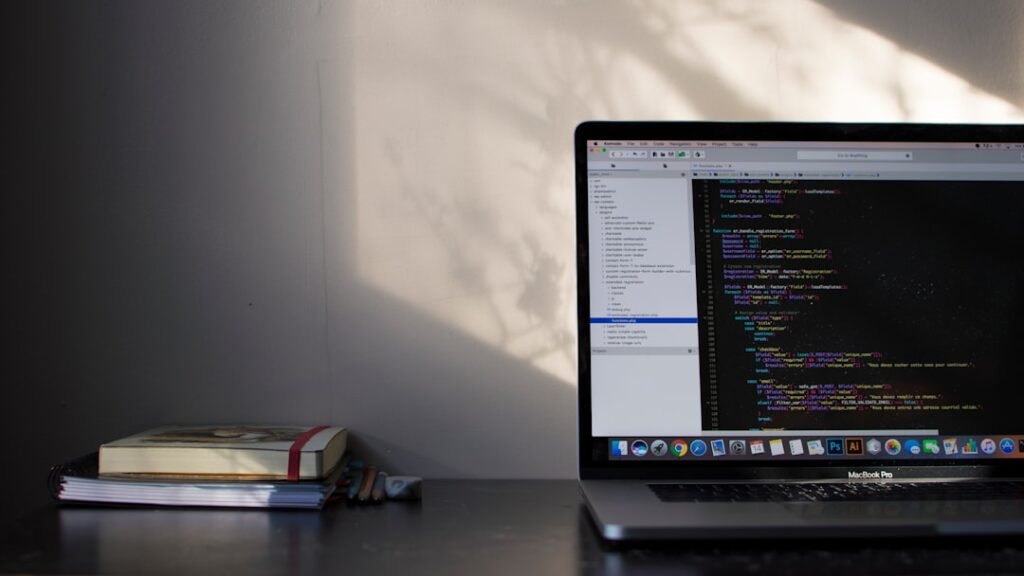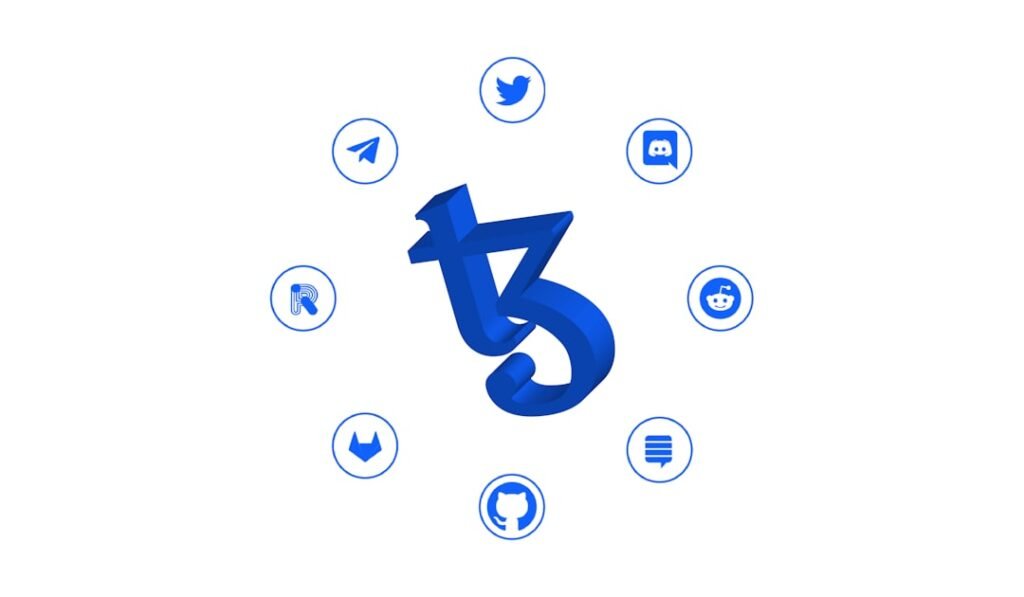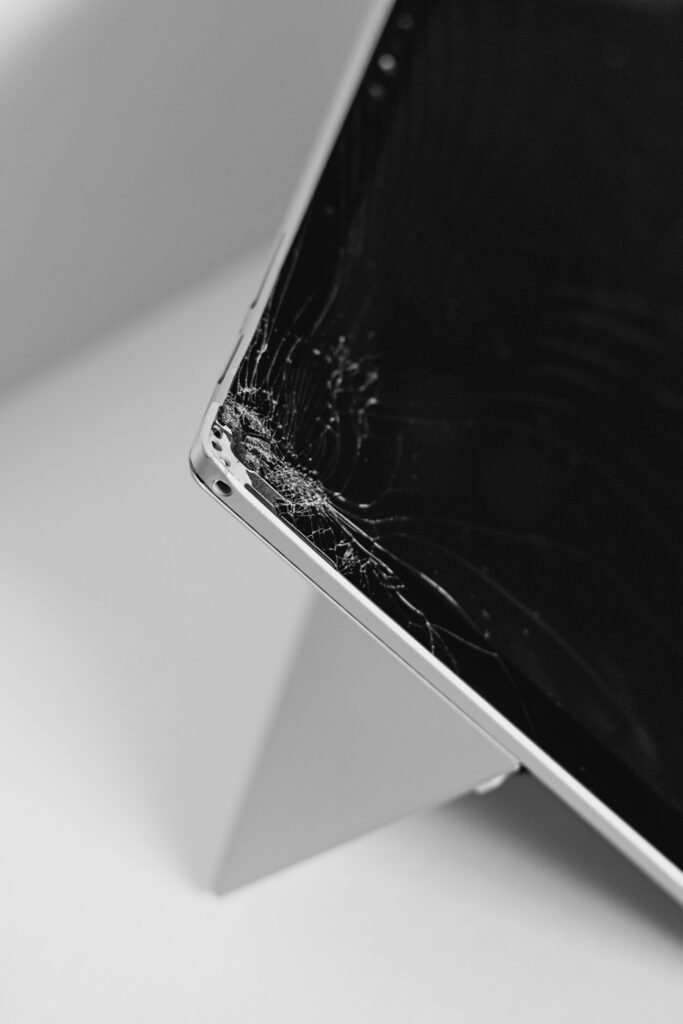The Ultimate P2P Trading Survival Guide: How to Buy/Sell Crypto Safely (Zero Fees, Zero Scams)
Why P2P Trading Is Revolutionizing Crypto—And How Not to Get Hacked
Peer-to-peer (P2P) crypto trading cuts out middlemen, letting buyers and sellers negotiate directly. Unlike centralized exchanges like Coinbase, P2P platforms like Binance P2P 或 Paxful act as matchmakers—not custodians. Your crypto stays in escrow until payment clears. But beware: direct deals mean direct risks. Here’s how to navigate this Wild West.
How P2P Trading Actually Works (The Escrow Lifeline)
- Seller Posts an Offer: Lists crypto amount, price, and payment method (e.g., PayPal, bank transfer).
- Buyer Accepts: Crypto is locked in the platform’s escrow.
- Payment Sent: Buyer pays via the agreed method.
- Crypto Released: Seller confirms receipt → escrow releases crypto.
Critical Detail: Escrow is your shield. On Binance, crypto is held until both parties verify the deal. Skip this, and you’re gambling.
Step-by-Step: Buying Crypto on Binance P2P (Web)
- Verify Identity: Pass KYC checks. No verification? No trading.
- Find a Seller: Filter by currency, payment method, and user rating (aim for 95%+ completion rates).
- Initiate Trade: Click "Buy," enter amount, and wait for seller’s payment details.
- Pay Within Deadline: Usually 15 minutes. Upload payment proof via chat.
- Confirm Release: Seller verifies payment → crypto hits your wallet.
⚠️ Red Flag: Sellers asking for off-platform payments. Never comply—report immediately.
Selling Crypto? Dodge These Payment Traps
- Reversible Scams: Buyers pay via chargeback-enabled methods (PayPal, credit cards). After you release crypto, they reverse the payment.
- Fix: Only accept irreversible payments like bank wires, cash deposits, or USDT.
- Triangulation Fraud: Buyer pays from a stolen account. You release crypto → real account owner disputes the transaction.
- Fix: Confirm the payer’s name matches their verified Binance profile.
6 Unbeatable Benefits of Binance P2P
- Zero Fees: Unlike Coinbase’s 1.5% spreads.
- 150+ Payment Methods: From Venmo to Vodafone cash.
- High Liquidity: $7B+ in processed trades.
- 15-Minute Trades: Sellers with fast release rates get priority.
- Escrow Armor: Funds locked until payment confirmation.
- Global Access: Buy crypto in Nigeria, Argentina, or Vietnam with local currencies.
Scam Alerts: 2 Tactics That Steal Your Crypto
1. Identity Theft (Triangulation)
- How It Works: Scammer uses someone else’s payment account. You send crypto → victim reports fraud → you lose funds.
- Survival Tip: Demand ID verification. Match payment account names to Binance profiles.
2. Fake Payment Proof
- How It Works: Buyer sends photoshopped payment receipts. You release crypto → money never arrives.
- Survival Tip: Log into your bank/PayPal to confirm funds 之前 releasing crypto.
5 Rules to Trade P2P Like a CIA Agent
- KYC Is Non-Negotiable: Only trade with verified users.
- Escrow On, Always: Never let sellers/buyers convince you to bypass it.
- Chat Inside the App: Binance records chats for dispute evidence.
- Check Completion Rates: Avoid traders with <90% success rates.
- Appeal Fast: If a deal sours, hit "Appeal" within 15 minutes. Binance mediators will investigate.
The Future of P2P: Smart Contracts and DeFi
Escrow services are evolving. Platforms like Gate.io are testing smart contract escrow, automating releases when payment is blockchain-confirmed. Meanwhile, decentralized identity (DID) systems could replace KYC, letting you prove trustworthiness without handing over your passport.
Final Word: Freedom Isn’t Free
P2P trading offers unmatched flexibility—but only if you weaponize caution. Stick to escrow, verify identities ruthlessly, and never rush a trade. The difference between profit and theft? Two words: due diligence.
🔐 Remember: Binance can’t save you if you trade off-platform. Stay inside the walls.










